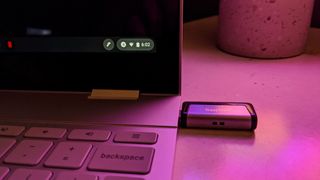
When you purchase through links on our site, we may earn an affiliate commission. Here’s how it works.

The best Chromebooks are designed from the ground up to work "with the cloud" and they do a fine job at it, but knowing how to manage downloads and files on your Chromebook is important to properly maintain the onboard storage. Even if you regularly work from the cloud, you might want to keep a local copy of a document you're working on in case you get stuck somewhere away from Wi-Fi. Your Chromebook doesn't really care where you store your files, but because most devices have 64GB internal storage or less, you'll want to take a bit of care about how and where you put the important stuff.
Regardless of whether you are using an older Chromebook or something newer like the Lenovo Flex 5 Chromebook is a lot like your Android phone when it comes to downloading and storing files. You have a dedicated Downloads folder within the Files app, or you can choose another spot in the user-accessible portion of your storage drive to place a file when you're downloading it. You can also move files and folders around as you like as long as you stay out of the system files.
On the surface, things look super simple, and if you'd like to keep them that way, you only need to remember a couple of things.
Luckily, you don't have to keep things that simple. There are plenty of other options when it comes to storing files on your Chromebook. Things like SD cards and other removable storage devices are a great option, as are cloud-based services like Google Drive or Dropbox. You can even store files on a home network device like a NAS box and access them as if they were local. That's part of what makes a Chromebook great — they are built for networked storage to act seamlessly.
One of the most common ways to expand the storage on a Chromebook is with an SD card, thumb drive, or an external hard drive. Here's how these devices work on your computer once you've picked the storage medium of choice.
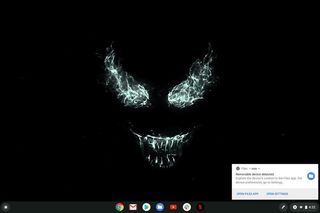
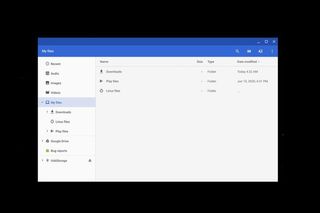
What you'll need to remember is what you already know: these files are only there if the media — the SD card, thumb drive, or hard drive — is in place. That's not a problem if you stick an SD card in the slot and never take it out, but if you use other storage, remember to keep the things you often need in a local folder. I have a hard drive at my desk that I attach to my Chromebook when I "dock" it for work. It has music stored on it so I'm not likely to need any of the files while I'm away from my little office space. If I did need to have some documents on hand all of the time, that hard drive isn't the best place to store them.
Right now, Android apps aren't installed on the removable storage in Chrome. That should be soon changing, and when it does, you'll need to have your SD card in its slot to use any app you've installed that way. A thumb drive or hard drive isn't going to be a great option if you let Android apps use the removable storage on your Chromebook.
Get the latest news from Android Central, your trusted companion in the world of Android
By submitting your information you agree to the Terms & Conditions and Privacy Policy and are aged 16 or over.
Apps like Netflix and Hulu allow for downloading shows for offline viewing. However, if you only have a small amount of built-in storage for your Chromebook, having more storage available because of a good SD or microSD card for Chromebook for those downloads can help a lot. Here's how to enable this for your apps.
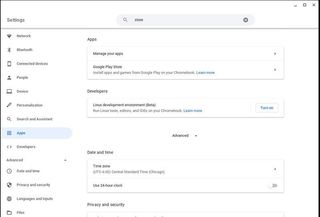 Chromebook App External Storage Settings Screenshot" width="" />
Chromebook App External Storage Settings Screenshot" width="" />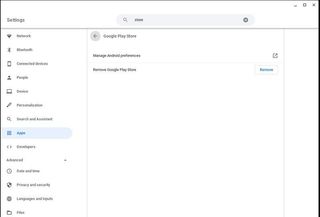 Chromebook App External Storage Settings Screenshot" width="" />
Chromebook App External Storage Settings Screenshot" width="" />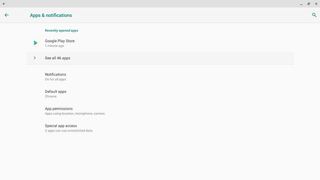 Chromebook App External Storage Settings Screenshot" width="" />
Chromebook App External Storage Settings Screenshot" width="" />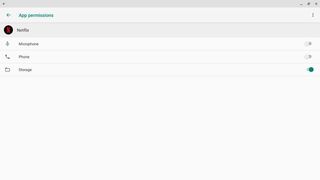 Chromebook App External Storage Settings Screenshot" width="" />
Chromebook App External Storage Settings Screenshot" width="" />Follow these steps to enable each app you want to allow access to your microSD storage. Now, when you want to download shows or movies from your favorite apps, you'll have more room to do so.
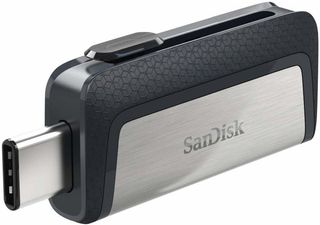
Cheap and easy storage.
This thumb drive offers fast and reliable storage with the flexibility of traditional USB type-A as well as new type-C connections.
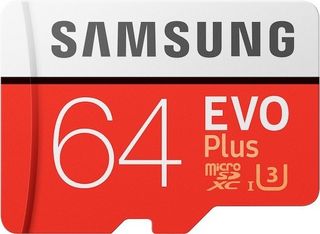
For even more storage
Not all SD cards are created equal, and this option from Samsung brings speed and secure storage for all of your files.
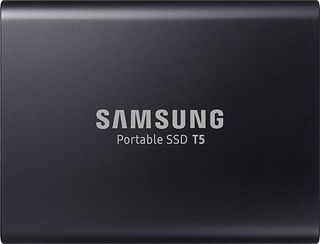
When you need more
Samsung T5 Portable SSDThe fastest and most storage for your Chromebook
When you have large files that you want to be able to back up securely, this external SSD from Samsung will do it extremely well.
You get free Google Drive space when you set up a Google account, and most Chromebooks also get you a bit of extra storage free for a year. Your Google Drive will appear in the Files app just like flash storage or local storage does.
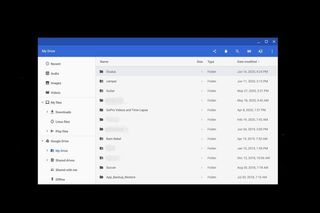
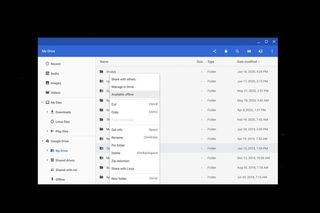
While Google Drive is the defacto option for cloud storage on Chromebooks, it isn't the only choice — you can use any service that lets you interface with it through a web browser.
Some, like Dropbox, also have extensions that bundle them into the Chrome files app the same way Google Drive is. That's super-handy because it's seamless. You can use your cloud space just like it was a local folder. You might have to wait a few seconds for things to upload properly once you place them in the Google Drive folder, but it makes for an easy way to store a lot more than you can locally.
Advanced users that have a home network with attached storage can set up Windows or Samba sharing and use the Chrome OS Files app the same way through an extension. This gives the same benefit of "unlimited" storage space but allows you to keep files out of the cloud if that's how you would rather work.
If you keep everything in Google Drive, you don't have to worry about backups. That's what I would recommend, especially if you're not really a "computer person" and just want to make things simple.
If you don't use Google Drive for all things, you'll want to remember that you should always have at least one backup of every important file you own. Two backups of every file is even better. You have a couple of great options available to you when it comes to backing up files from your Chromebook.
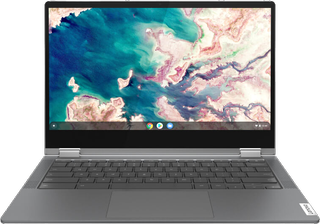
Google One ($3 monthly at Google)
Google One is a simple way to manage all of your cloud storage from Google all in a single site. With an easy to use dashboard, you'll always know where you stand for storage and your Google account.